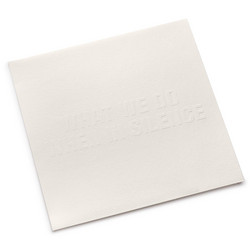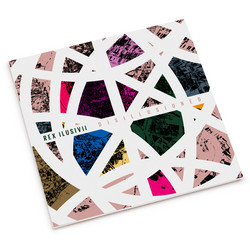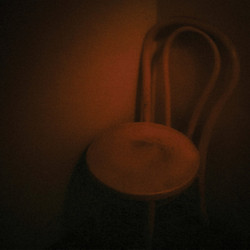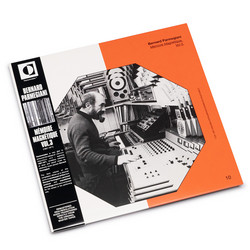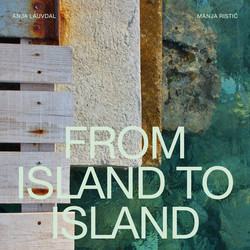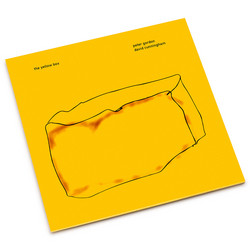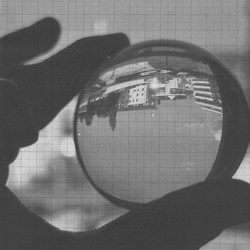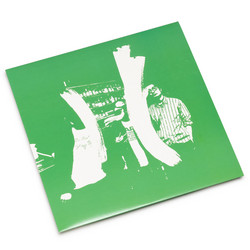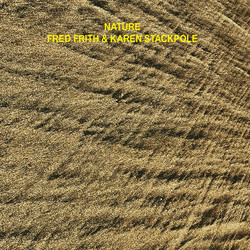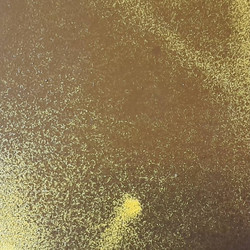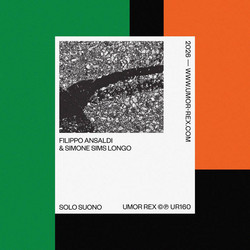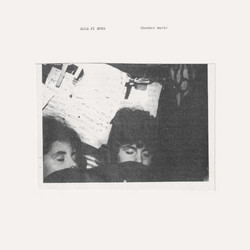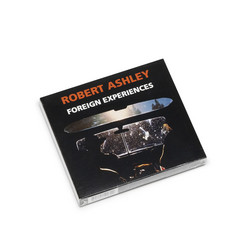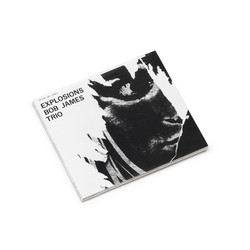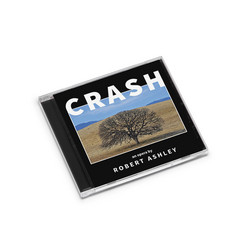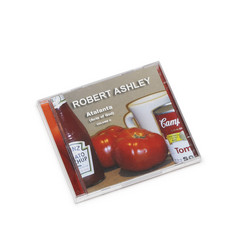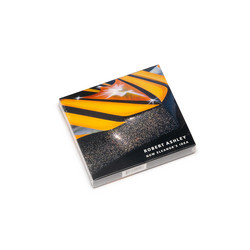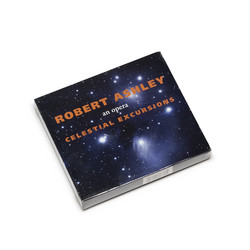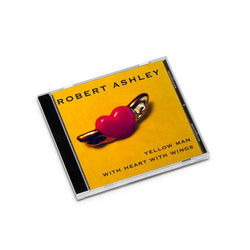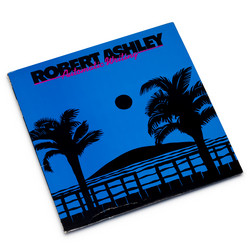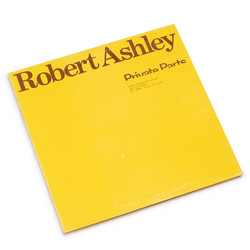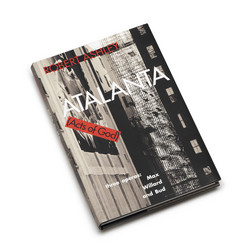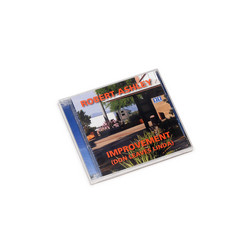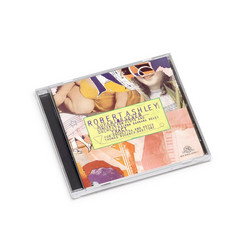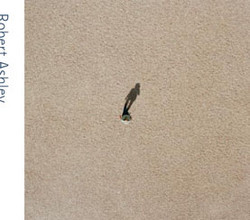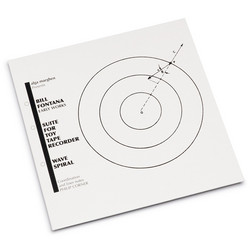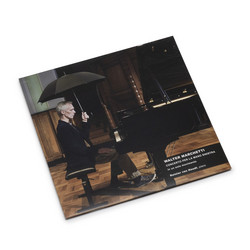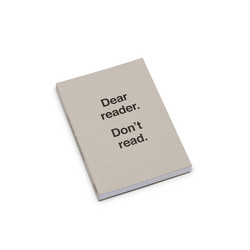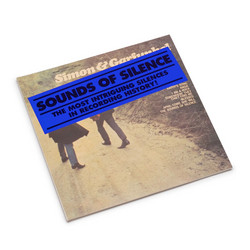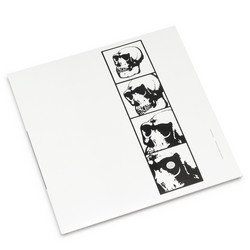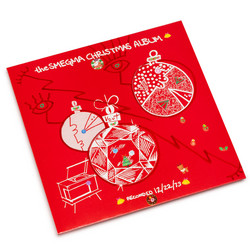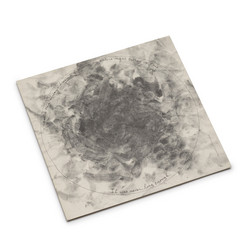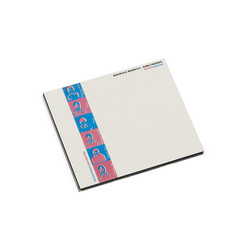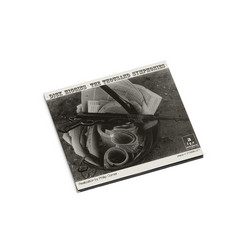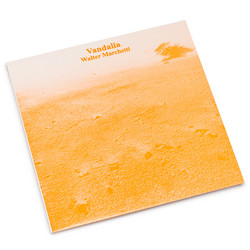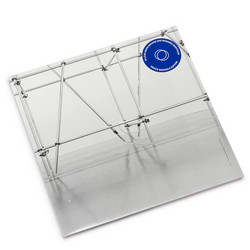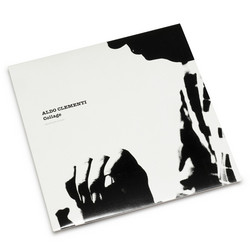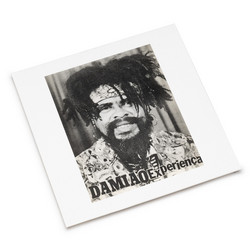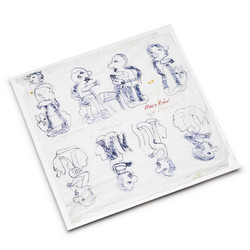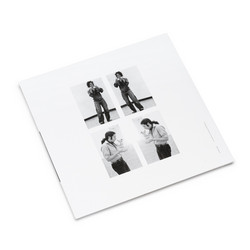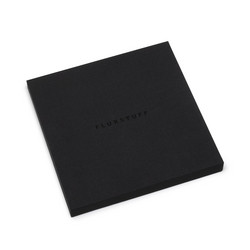Robert Ashley
String Quartet Describing The Motions Of Large Real Bodies / How Can I Tell The Difference?
"'String Quartet Describing The Motions of Large Real Bodies' was composed as the potential orchestra for a Robert Ashley opera based on the text of 'In Sara, Mencken, Christ and Beethoven There Were Men And Women'. When the work was composed, in 1972, it was clear that a huge change in electronic instrumentation was just beginning, a change that would involve computers and sound producing devices as yet undreamed of. The piece consists of an electronic orchestra of 42 sound producing modules. The technique of the string quartet is for each player to make a stream of intentional but unpremeditated (that is, random) very short sounds, pulses, somewhat like pitched clicks, but with the formats and overtones of a string instrument (this idea came from the rumor of a performance by Takehisa Kosugi).
These sounds go directly to a set of four loudspeakers, but at the same time they are delayed electronically, and those delayed sounds are sent to a series of seven networks of sound producing modules activated by the very brief coincidence of an original sound and a delayed sound. The operation of the networks as a result of the coincidence can, in the theoretical world of electronics, produce almost any sound imaginable. In the performance recorded here few of the technical resources were available. Now, of course, there are computer 'patching' programs that would make the job possible, but complicated. Such are dreams, when technology promises a 'new world'. Sort of like 1492.
The hills and mountains separating San Francisco Bay from the Pacific Ocean are filled with a labyrinth of endless concrete tunnels constructed by the military in the 1930s in anticipation of World War II, to defend San Francisco Bay from invasion. At the entrance of every tunnel is a huge steel door. When the door is slammed, the reverberation through the labyrinth seems to last forever. It is one of the wonders of the world. Naturally, Robert Ashley tried to record this phenomenon. On the occasion of the recording, just as the reverberation seemed to die away, a motorcyclist, miles away in the tunnels, started coming closer. The effect, which took minutes, was as if the reverberation had been reversed, as if the tape recording was running backwards. A perfect case of coincidence as illusion. In Version One of 'How Can I Tell The Difference?' the composer tried to create the drama of the recording of the reverberation and the motorcyclist, using the 'String Quartet' as an 'orchestra', in the way it was intended to be used in the opera. In Version Two of 'How Can I Tell The Difference?' a solo string player using the same playing technique as in the 'String Quartet' opens and closes the sound 'gates' to electronic reverberations and prerecorded sounds running continuously with the performance.
A digipack CD edition including an 8 page booklet with scores and liner notes written by Robert Ashley."

